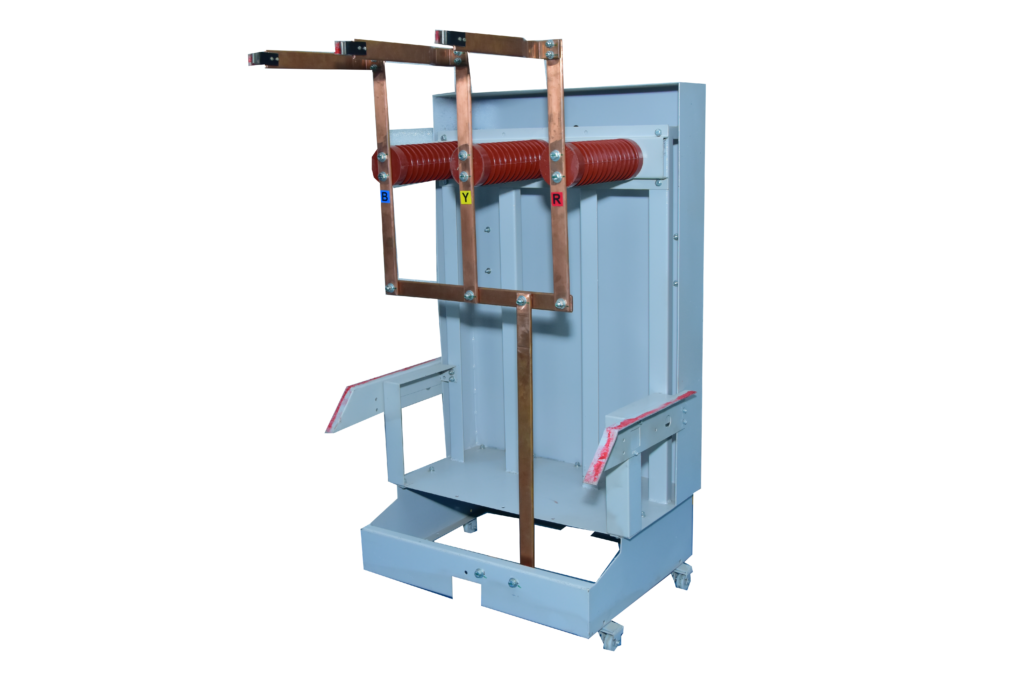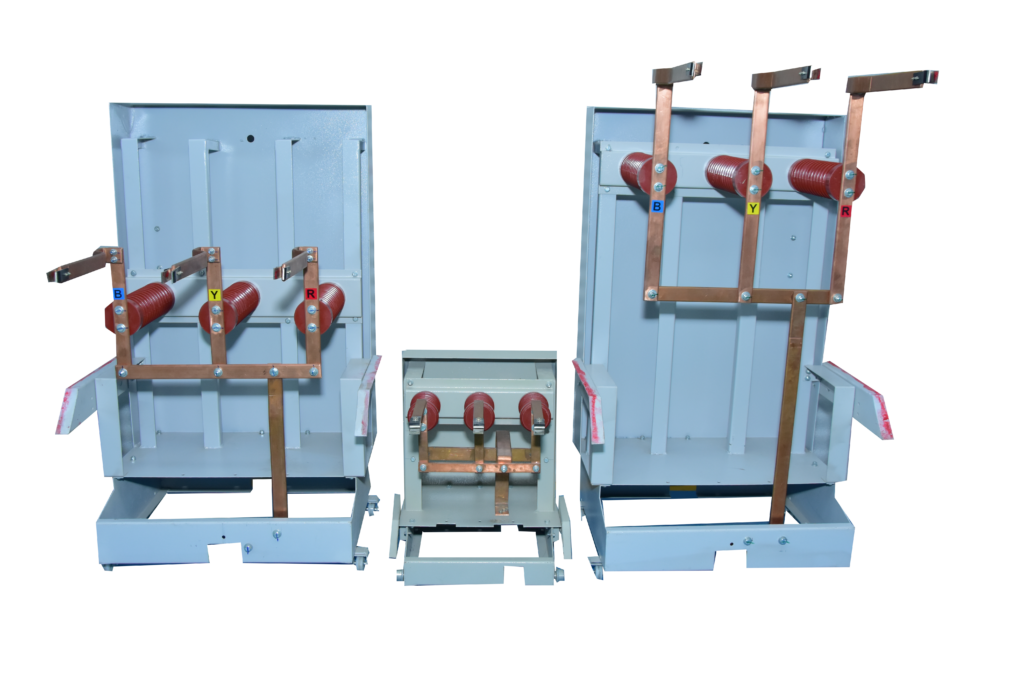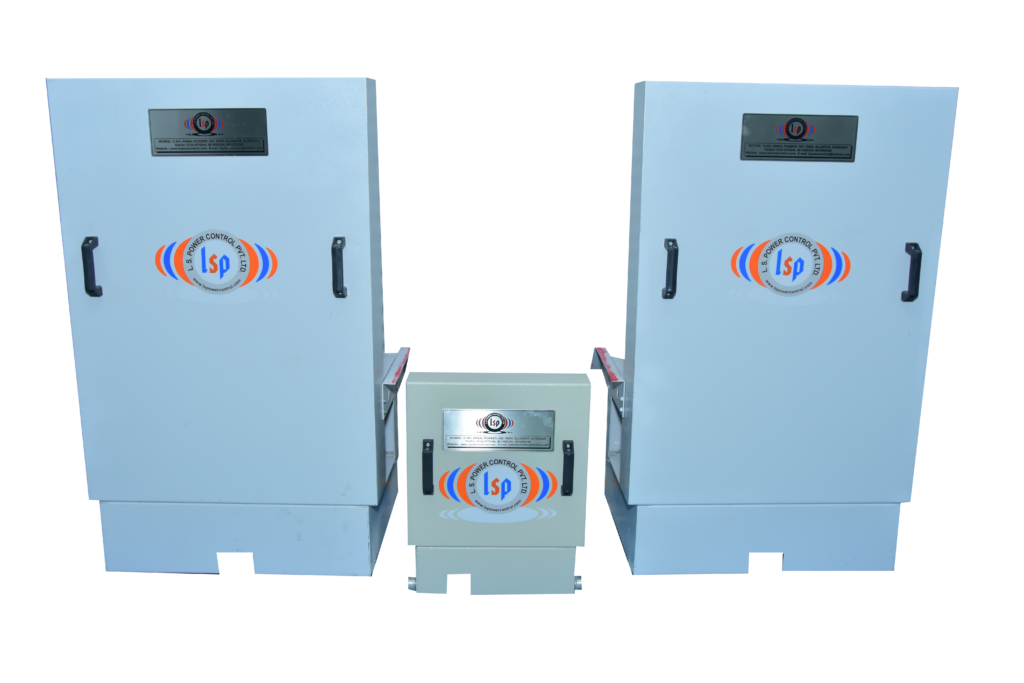Earth Switch
Product Overview
Earthing switches are crucial components in electrical systems, particularly in high-voltage applications. They serve to safely ground parts of a circuit, providing a path for fault currents and ensuring the safety of maintenance personnel. Below is a detailed overview of their function, types and applications.


Functionality of Earthing Switches
- Discharge Capacitive Voltage: Earthing switches discharge the capacitive voltage stored in conductors or generators after a circuit breaker opens, ensuring that isolated systems are safe for maintenance.
- Switching Operations: They can make and break both capacitive and inductive currents. This is essential when earthing or disconnecting lines under various conditions.
- Interlocking Mechanism: Typically, earthing switches are interlocked with disconnecting switches or circuit breakers to prevent operation under voltage conditions, enhancing safety during maintenance.
Types of Earthing Switches
- Mechanical Earthing Switches: These are standard devices that require manual operation and are often used in conjunction with isolators.
- Automatic High-Speed Earthing Switches: Found in modern Gas Insulated Switchgear (GIS), these switches automatically isolate and earth faulty sections to protect equipment immediately.
- Medium Voltage Switches: Used in applications ranging from 1-52 kV, these can be air-insulated or gas-insulated and are designed for load switching and fault current management.

Applications
- Transmission Lines: In transmission systems, earthing switches are vital for grounding isolated lines, providing safety during maintenance operations.
- Substations: They are commonly employed in substations to ensure safe disconnection from the power supply during maintenance work.
- Electrical Equipment Protection: By grounding equipment during faults, they help protect against electrical shocks and equipment damage.
Key Specifications
When selecting an earthing switch, consider the following technical specifications:
- Rated Voltage and Current: Ensure compatibility with the system voltage and expected load currents.
- Short-Circuit Making Current: The ability to withstand fault conditions without damage.
- Mechanical and Electrical Endurance: Defined by operational cycles without maintenance, crucial for reliability in high-use environments.
Earthing switches play a vital role in electrical safety and system integrity. Their ability to safely ground circuits during maintenance operations protects both personnel and equipment from potential electrical hazards. Understanding their functionality, types and specifications is essential for effective application in high-voltage systems.

